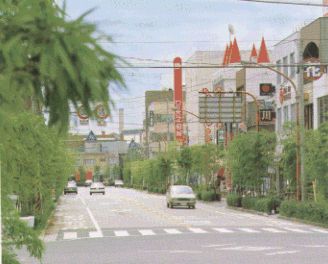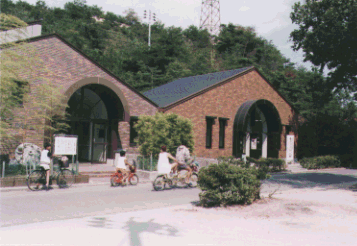
 |
|
 preservation area of the street |
Walking through the streets of up- and downtown gives you an impression of a
quiet and peaceful comforting agelessness. Roofs covered with cylindrical roof
tiles, painted walls and the lattice work (renji) of the windows breathe the
quietness of a town, unchanged since it flourished mainly based on salt making
and preserves the city appearance of the Edo period. |
 bamboo street "trees"
|
In the basin of Kamo river, that flows through the center of the city, many
remnants dating from the second half of the "Jomon" period are found. This
proves that this region has sustained human life since very early periods. |
 Okuno island poison gas museum |
In 1929 the military built on the Okuno island off the coast of Takehara a
poison gas factory. During the war poison gas was manufactured here. To keep
it secret the island has even been erased from the map. |